LABSA uses in textile industries commonly as a wetting agent and detergent for the preparation and processing of fabrics. LABSA is highly effective in removing oils, grease, and other impurities from the surface of the fabric, making it an important ingredient in the textile manufacturing process.
Here are some common uses of LABSA in the textile industry:
- Scouring agent: LABSA is used as a scouring agent during the preparation of textiles. It helps to remove impurities such as wax, oil, and dirt from the fabric before it is dyed or printed.
- Detergent: LABSA is also used as a detergent in the textile industry. It helps to remove dirt and other impurities from the fabric during the washing and rinsing process.
- Emulsifier: LABSA is used as an emulsifier to help blend oil and water-based substances. It helps to create a uniform mixture of dyes and chemicals that are used in the textile industry.
- Wetting agent: LABSA is used as a wetting agent to improve the wetting ability of the fabric. It helps to penetrate the fabric fibers and ensure that the dyes and chemicals are evenly distributed.
Overall, LABSA plays an important role in the textile industry by helping to prepare, process, and clean textiles.
BENEFITS OF USING LABSA IN TEXTILE INDUSTRIES
Here are some of the benefits of using LABSA in textile industries:
- Improved Wetting: LABSA can improve the wetting of fabrics during the dyeing or printing process. This helps in better penetration of dyes and pigments into the fibers, resulting in brighter and more vibrant colors.
- Better Dispersion: LABSA helps in better dispersion of dyes and pigments in the dye bath or printing paste. This results in more uniform coloring and printing on the fabric.
- Cost-Effective: LABSA is a cost-effective option for textile manufacturers as it is cheaper compared to other surfactants used in the textile industry.
- Versatile: LABSA can be used in various textile processes such as pretreatment, dyeing, printing, and finishing. It can be used with a wide range of fibers such as cotton, silk, wool, and synthetic fibers.
However, it’s important to note that the use of LABSA in the textile industry may also have negative impacts on the environment and human health. Therefore, any such use should be done with caution and in compliance with regulatory standards.
TEXTILE PRODUCTIONS METHOD WITH LABSA
Textile production is a complex process that involves multiple stages, including spinning, weaving, dyeing, printing, and finishing. One important component of the production process is the use of LABSA (Linear Alkyl Benzene Sulfonic Acid), which is a commonly used surfactant in the textile industry.
The use of LABSA in textile production is primarily for its ability to act as a wetting agent, emulsifier, and dispersant. It is used to help the textile fibers absorb water and other chemicals more easily during the dyeing and finishing process. Additionally, LABSA helps to prevent the formation of stains or streaks on the fabric, which can be caused by uneven absorption of dyes or other chemicals.
The specific method of using LABSA in textile production varies depending on the particular stage of production. For example, during the dyeing process, LABSA may be added to the dye bath to help the dye penetrate the fibers more evenly. In the finishing stage, LABSA may be used as a lubricant to help the fibers move more easily through the machinery.
The amount of LABSA used in textile production can vary depending on the type of fiber being processed, the desired end product, and the specific stage of production. It is important to use the appropriate amount of LABSA to achieve the desired results without causing any negative effects, such as excessive foaming or damage to the fibers.
Overall, LABSA is an important component of the textile production process, helping to ensure high-quality, consistent results in the production of a wide range of textiles.
HOW LABSA DECREASE TEXTILE PRODUCTION COSTS
LABSA (Linear Alkyl Benzene Sulfonic Acid) can decrease textile production costs in a few ways:
- Detergent and Cleaning: LABSA is commonly used in the production of detergents and cleaning agents. In the textile industry, it is used to clean fabrics before and after dyeing or printing. By using LABSA-based cleaning agents, textile manufacturers can save costs on purchasing expensive cleaning agents and reduce the amount of water required for cleaning.
- Dyeing and Printing: LABSA is also used as a leveling agent and dispersing agent in dyeing and printing processes. It helps to evenly distribute the dye or pigment throughout the fabric, resulting in a more uniform color. This reduces the amount of dye or pigment required, which can save costs on materials.
- Emulsification: LABSA is an excellent emulsifier, which means it can help mix water and oil-based materials. In textile production, it is used to emulsify oils and waxes that are used in finishing processes. This helps to reduce the amount of oil or wax required, which can save costs on materials.
- Surface Tension: LABSA has low surface tension, which makes it an effective wetting agent. In textile production, it is used to improve the wetting properties of fabrics during processing. This can improve the efficiency of production and reduce processing time, ultimately leading to cost savings.
Overall, LABSA can contribute to cost savings in the textile production by reducing the amount of materials required, improving the efficiency of production, and reducing the amount of water used in cleaning processes.



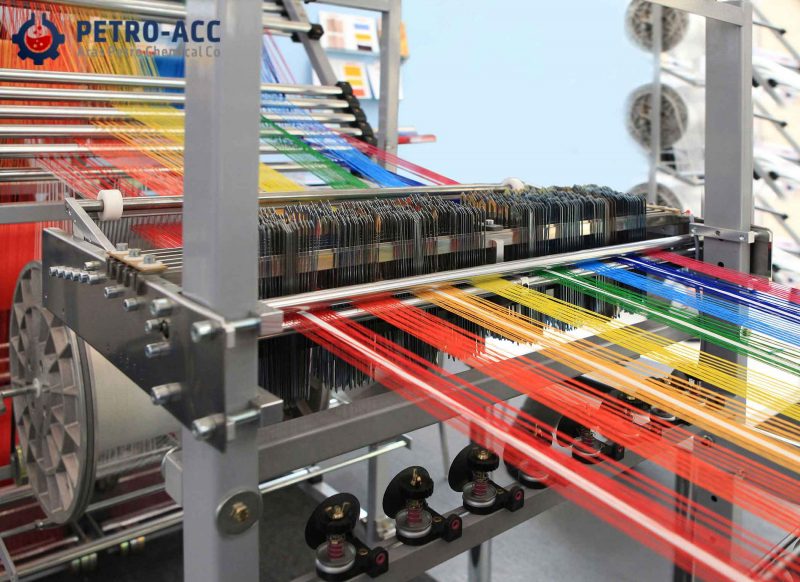
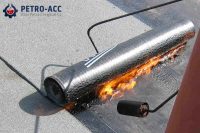
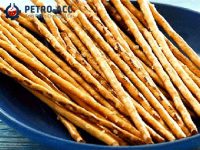
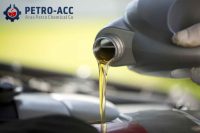
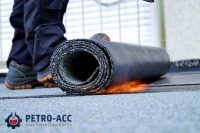
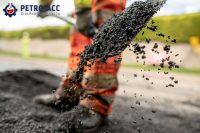
Leave A Comment